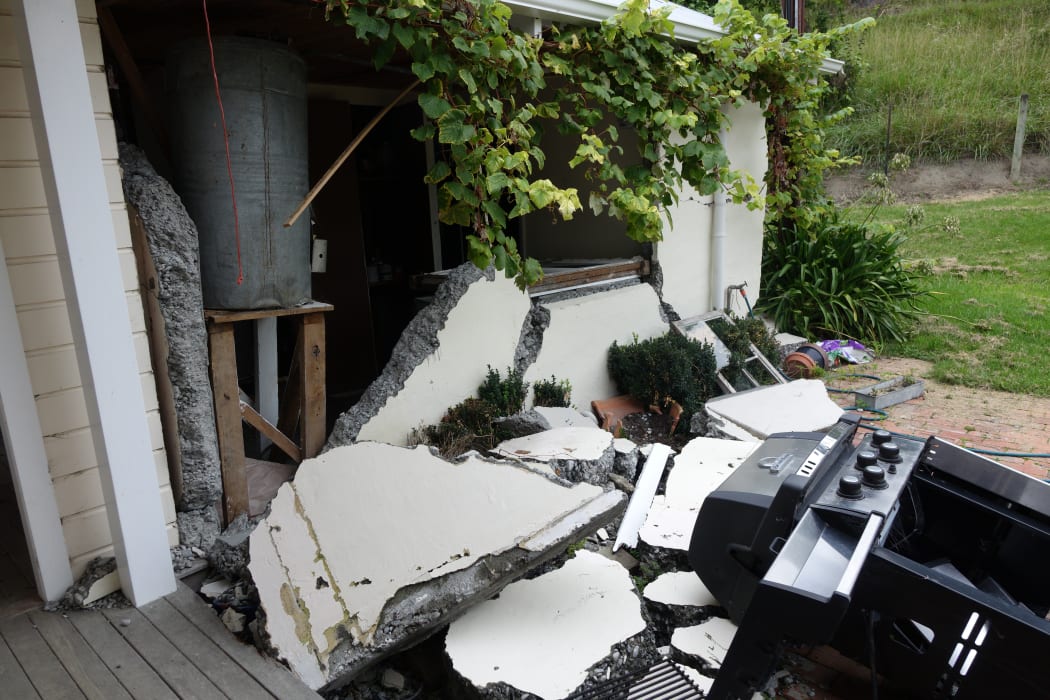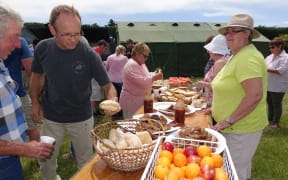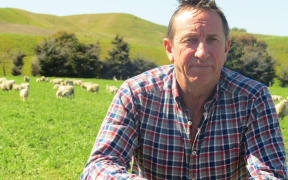A former farmer advocating for people still struggling from the Kaikōura earthquake says it will be years before the region fully recovers.

Photo: RNZ / Tracy Neal
The insurance council said 93 percent of claims in the upper South Island had been settled - just over 17,000 claims.
However, former Marlborough farmer Doug Avery, advocating for those who still suffered the effects of the quake in 2016, said the problems dragged on.
"The insurance company didn't even need to take their foot off the clutch when they drove in - they could see it was completely toasted. Those people were in a way, lucky.
"The people who are unlucky are those where a lot of the damage is so hard to assess, and are still waiting."
Damaged buildings were only part of the problem and it was likely to take years before the district fully recovered, Mr Avery said.
"But there have been a lot of good things among it all, and some bad things."
That was the focus of his work in educating people through his business, the Resilient Farmer, which addressed what he called "the three pillars of resilience: financial, social and environmental".
"It's about taking your bad days, your hidings, and realising they're blunt messages of teaching. And don't get down - get on with it, get learning, and get back."
The insurance council said there had been $1.4 billion paid on claims for the earthquake nationally, while $545 million of that had gone to the upper South Island. Most of it was for damaged residential losses, but the biggest losses happened to commercial property in Wellington.
A total 44,784 claims were made following the magnitude 7.8 quake centred near Kaikōura, and 17,388 of those came from the upper South Island.
So far 93 percent had been fully settled and a further 695 were partially settled, bringing total settlements to 97 percent.

Photo: RNZ / Tracy Neal
Mr Avery said three of seven buildings on his family farm - which had been in his family for almost a century and was now run by his son - were still waiting on insurance.
The delay was because of the difficulty in assessing what was actually wrong.
"My insurance company came back and offered us a price but we didn't think they had taken in the full scope of what was needing to be done. So I employed some professionals from another part of New Zealand to do an assessment and they came back with a very different figure.
"We're at the stage now where the insurance company is revisiting the whole process, and I'm just waiting and waiting and waiting for that to happen."
He was not seeking more than they were entitled to - he just wanted the job done correctly.
"As we're seeing in Christchurch, there were a lot of claims that weren't fixed properly."
Marlborough people were primed by the damage done in the Seddon quakes of 2013.
"When I review that, we were really brushed under the table. And the significant damage that happened then wasn't fixed. This time we realise we need to do better and really make sure."
It was difficult for the insurance industry as well, he said.
"We just have to give everyone time, keep our heads up, and learn the right kind of language to get this sorted."
Mr Avery's farm was about to have its best year in 99 years of farming in Seddon, after drought, flood and earthquakes.





